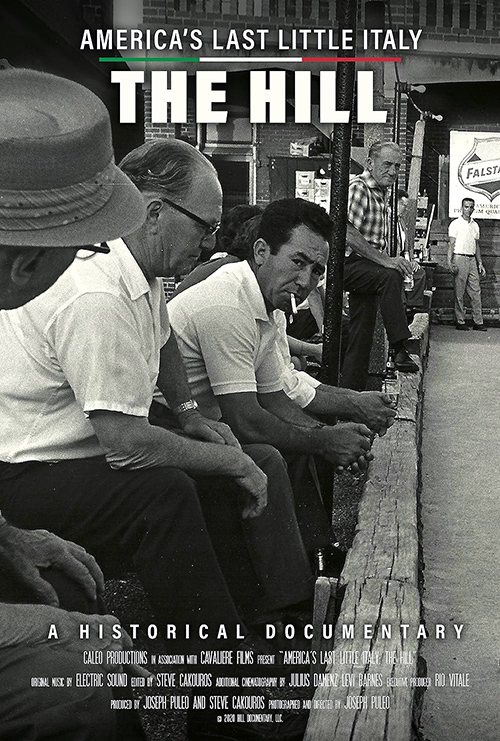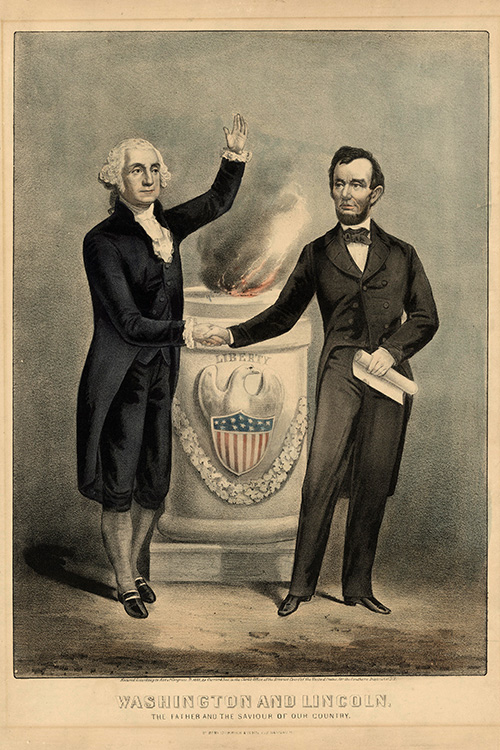The story of how female immigrants made their way to America—and how single immigrant women learned about American ways, and found mates—has always interested me.
I know from my Italian family that sometimes women from the “old country” would travel to the Americas, to marry men they had never met (after very short courtships).
It may seem odd, but this is my Valentine’s Day memorandum.
For a woman to locate a man to marry on her own wasn’t the norm in human societies.
Worldwide, many marriages were arranged by parents, or by religious elders.
In the royal and aristocratic families of Europe, marriages were arranged to keep a select group of bloodlines in control.
However, generally couples saw each other—at least a few times—before they wed.
The subject of the 2020 documentary America’s Last Little Italy: The Hill is the “Little Italy” in St. Louis, MO.
One story is that of “picture brides,” Italian maidens who immigrated to St. Louis to marry specific Italian men.
These arrangements were mainly made from the late 1800s through the early 1900s.
Usually, the women came from the same provinces (or villages) in Lombardy or Sicily, as their prospective bridegrooms.
(Other immigrant cultures, that used the “picture bride” idea, included Japan and Korea.)
When the Americas were settled by various European groups, there were many more men than women.
When you consider that so many women died in childbirth, this was a really big issue.
At first, there was intermarriage with Native Americans, but ruling groups found that to be problematic.
(It was felt that such marriages made the settlements less English, French, and Spanish.)
Governments, and private companies, didn’t want blended societies (European/indigenous) in the “New World.”
They desired societies that were mirror images of their own, back in Europe.
Thus, TPTB sought helpmates for the lonely men who farmed the land (and stole it from indigenous peoples) among the “less prosperous classes” of European women.
The Virginia Company (founded in 1606) was in charge of sections of the North American coast until 1624.
It recruited indentured servants, and “Tobacco Wives” (1620, Jamestown) as marriage partners for the settlers.
Later, the British government transported female convicts to the thirteen colonies (as indentured servants), many of whom also married farmers or started their own farms.
(Women were called “Tobacco Wives,” because sometimes the tobacco farmer husbands paid for their wives’ expenses in tobacco leaves.)
The French handled the issue in a more respectful manner than the British.
From 1663 to 1673, women were shipped to New France to marry French Canadian farmers. These women were called Filles du Roi (King’s Daughters), and many were orphans.
(Some women were as young as 16, but the average age was 24.)
Unlike the English bride program, which was done on the cheap, these women were given a trousseau that included a hope chest, a wardrobe of clothing, and sewing supplies.
Over 40% brought along a modest dowry for their new husbands, given by the French government.
In the early days of colonial America (if they weren’t indentured servants, or tobacco wives), nearly all women arrived with husbands.
Between 1900-1910 (according to Mark Wyman’s Round Trip to America), only 30% of all immigrants were women, a big share to work as house servants, factory women, housewives, and shop girls.
The female to male ratio was higher than 30% for some countries (like Austria and Hungary), and as low as 95.7% male to 4.3% female for Serbs and Bulgarians.
(Workers from Serbia and Bulgaria usually didn’t bring wives, or marry here; they tended to go back to their home countries, after they’d earned a nest egg.)
Potential Chinese female immigrants were treated much worse than European women.
As Reese Jones describes in his book White Borders,* government officials assumed they were prostitutes.
The Page Act of 1875 (the first U.S. restrictive immigration law) focused on Chinese women as “as vectors of disease, as agents of moral decline, and of literally diluting the white race through pregnancy and mixed-race children.”
As a result, Chinese women were asked to prove that they weren’t prostitutes with “intrusive interviews and embarrassing medical examinations.”
One of my favorite films on mail-order brides, is 1951’s Westward the Women.
In it, an Italian widow with a young son, and a “fancy woman” who works in saloons—Mrs. Moroni (Renata Vanni) and Fifi Danon (Paris-born Denice Darcel)—represent immigrant women who traveled to the American West.
Mrs. Moroni speaks little English and Mr. Moroni likely died soon after the family arrived in America.
Miss Fifi Danon worked, so she’s fluent in English.
In Westward the Women, Mrs. Moroni and Miss Danon are two of 138 women journeying (from Chicago) to become brides in a remote area of California.
Farmer Roy Whitman (John McIntire) and cowboy Buck Wyatt (Robert Taylor) organize a wagon train to bring the brides to Whitman’s town—a town filled with lonely cowboys, farmers, and storekeepers.
The movie seems loosely based on the successful Benton brother trip from Maryland to Oregon, and the not-as-successful Asa Mercer expeditions (1864-1866) from Boston to Seattle.
Another favorite movie on women marrying “strange men” is 1974’s Zandy’s Bride.
In this frontier drama—set in 1890s Big Sur Country—Hannah Lund (Liv Ullmann) is a mail-order bride (originally from Sweden), and Gene Hackman is Zandy Allan, her socially-inept, misogynist bridegroom.
This Western was based on the novel The Stranger, by Lillian Bos Ross.
It’s interesting that Zandy sends for a Swedish bride, when there’s a Latina (Maria Cordova, played by non-Latina Susan Tyrrell) who’s eager to marry him.
Westward the Women ends just after the surviving women meet (and marry) the men.
Even rough cowboy Buck Wyatt (Robert Taylor) ends up “getting hitched,” although he never intended to find a wife in Fifi Danon (Denice Darcel).
There’s no bride, however, for Ito Kentaro (Korean War veteran, Henry Nakamura).
The role of an Asian cowboy was played mainly for comic relief.
On the other hand, Zandy’s Bride, begins a little before the wedding between Liv and Zandy, and its’ subject is how the bride and groom get on after they’re wed.
In Westward the Women, the men are grateful to find brave women willing to join them in matrimony, but we never learn how all their stories work out.
In Zandy’s Bride, however, it takes at least a year—and a little distance—for Zandy to recognize the true worth of his mail-order bride.
According to “Coming to America: The War Brides Act of 1945”—on the National WWII Museum website—over 60,000 foreign women wed American servicemen during WWII.
These women had little time to really get to know their new husbands, but they were determined to join them in the U.S. anyway.
U.S. immigration laws stood in their way.
Congress passed the War Brides Act of 1945, and under this law eventually 300,000 women, plus dependents, were admitted by 1948.

After the Korean War, more than 6,000 Korean women married American soldiers and immigrated to the U.S.
Besides the difficulties of adjusting to a new and strange culture, these women also faced discrimination, and the ridiculous stereotype that Asian women are docile, weak, and sexually available.
Obtaining an immigrant bride is still a thriving business.
Women greatly outnumber men in countries like Russia, El Salvador, and Guadeloupe, and so women in those lands have been open to becoming mail-order brides.
Some women, from poorer countries, travel to the U.S. to find rich husbands.
(It’s the fodder of reality TV shows like 90-Day Fiancé.)
American men have married foreign women, hoping they’ll make more “traditional” wives than “spoiled” American women.
Did Trump—and his father and grandfather—marry Europeans because they were frightened of American women, or did they believe American women inferior?
(All three generations married European women who needed to become citizens; Donald Trump married two.)
*White Borders, by Reese Jones, Beacon Press, 2021.
















